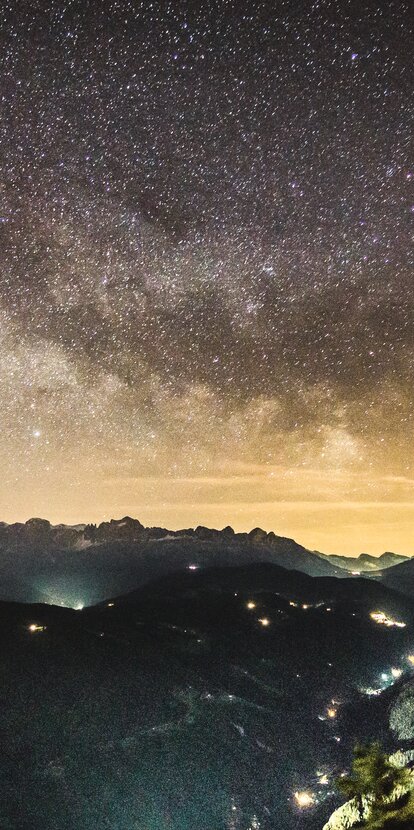

Fort the quality of the starry sky, the commitment to the protection and enhancement of the celestial heritage and hospitality services available to travelers, following the observations made by the team of „Astronomitaly“ the Sternendorf / Astrovillaggio received the recognition „The most beautiful skies of Italy“ – GOLD. The location thus becomes part of the International Astrotourism Network and stands out as a destination of excellence for the Astrotourism, among the best places to observe the stars and the Milky Way.
The timeless limestone giants of the Dolomites stretch their pinnacles longingly upwards, up to where in the celestial sphere orbits the stars - and when the universe appears in the night-time glow, the planets wink down at us on Earth.
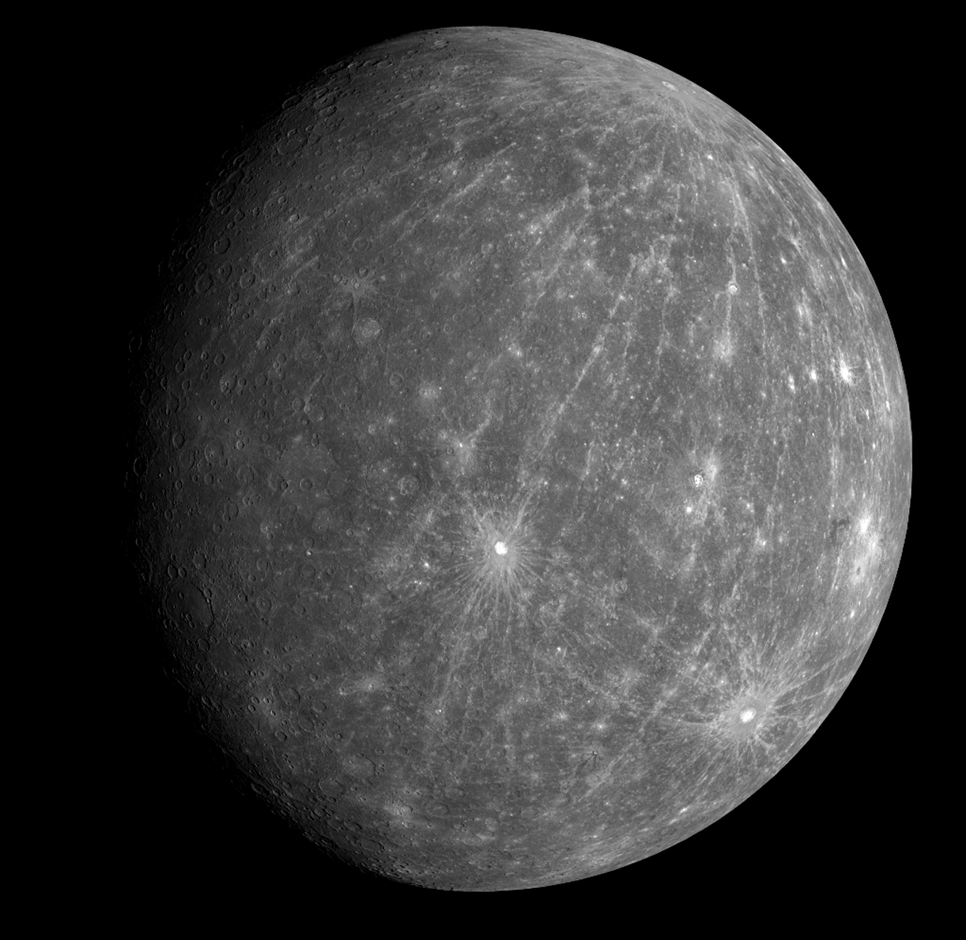
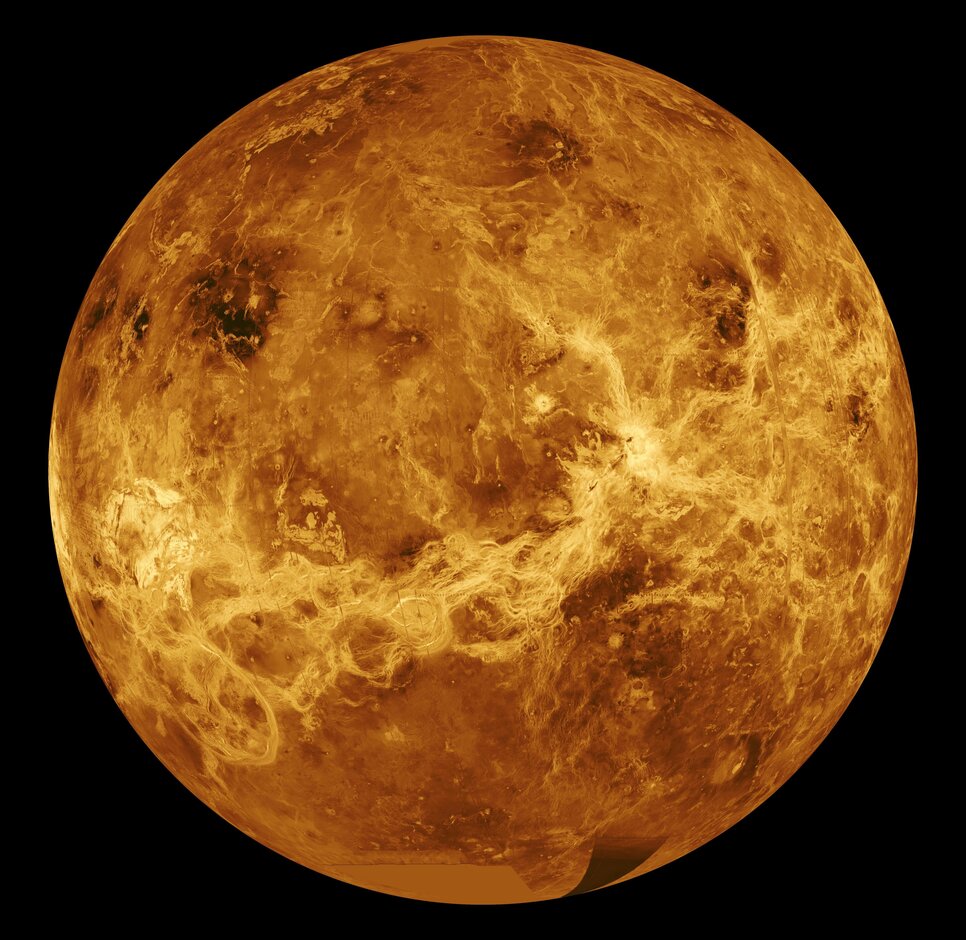
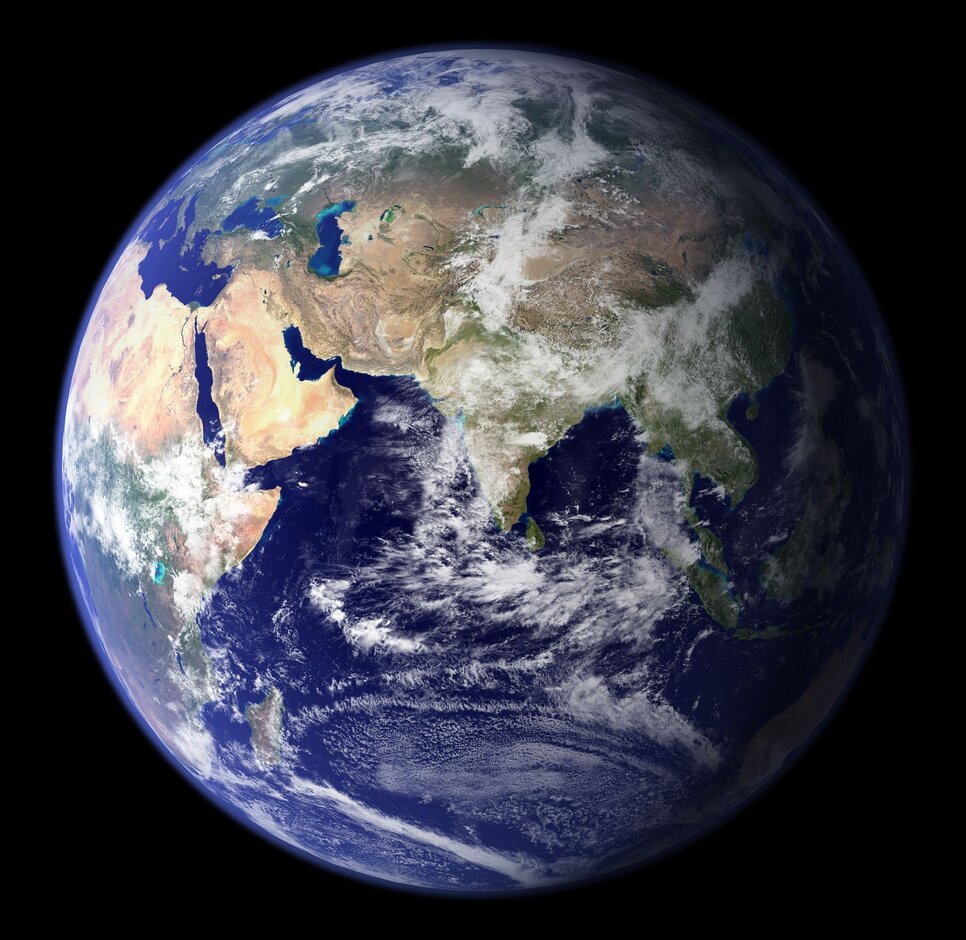
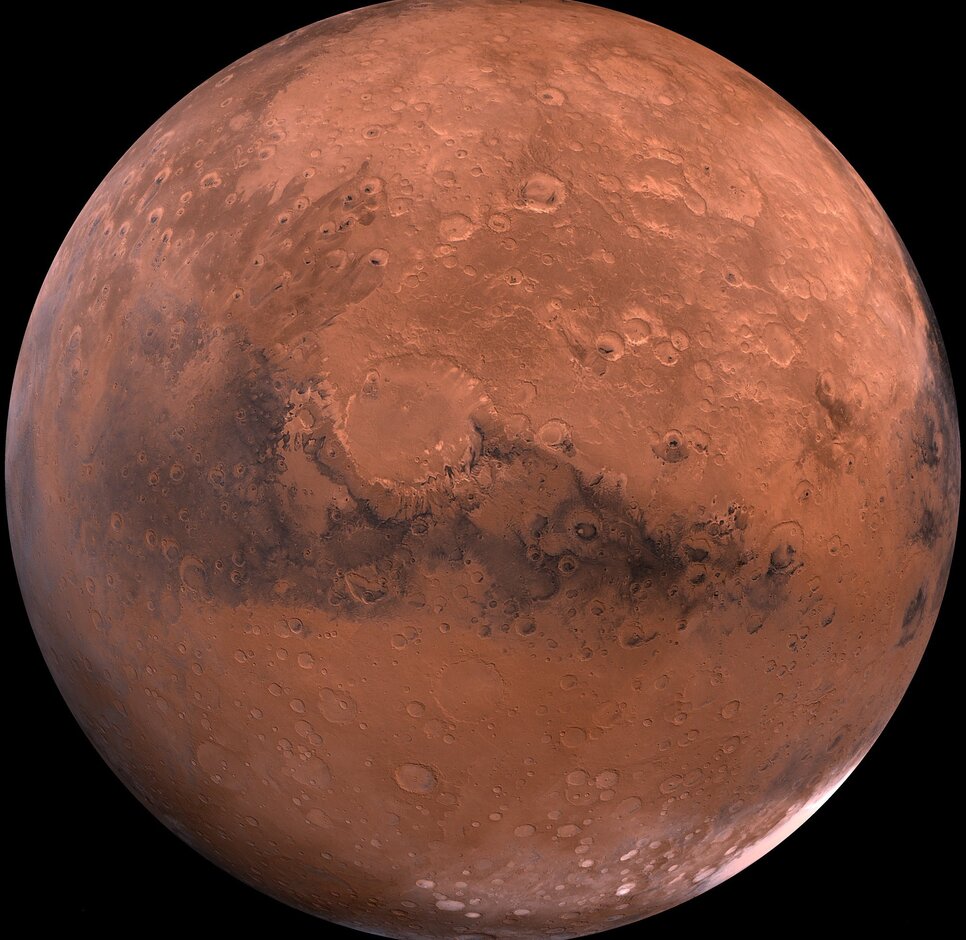
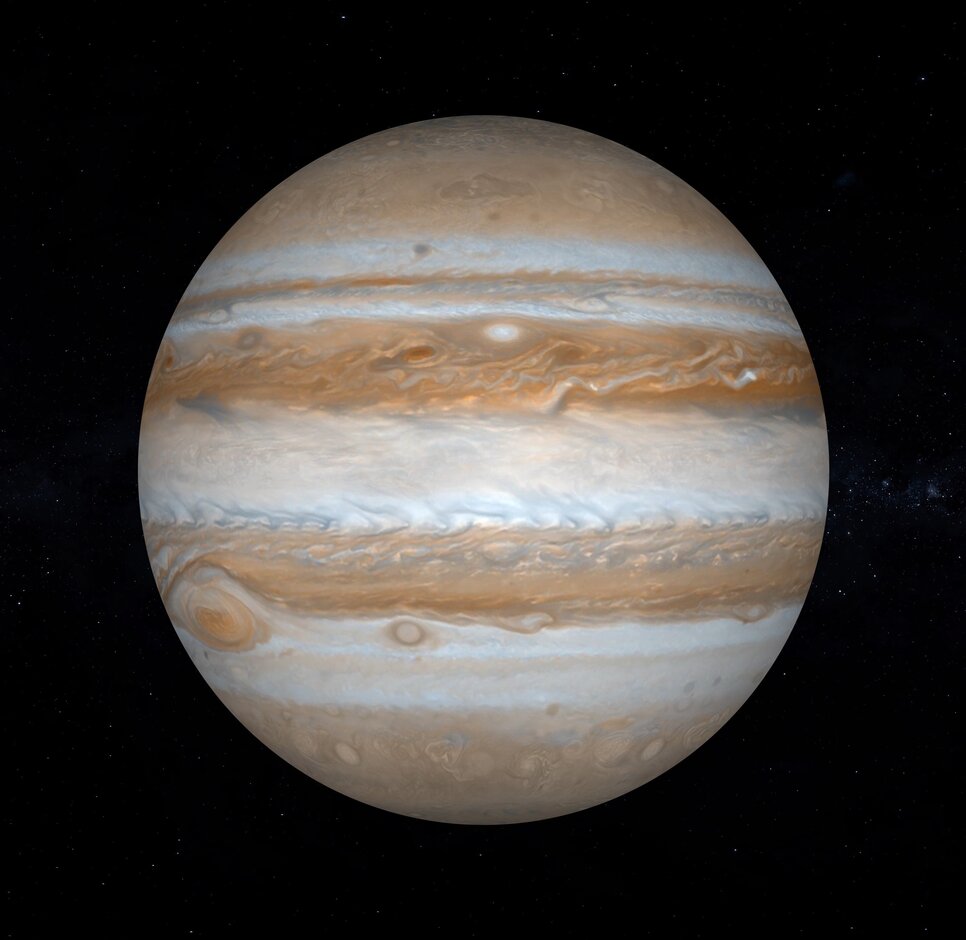
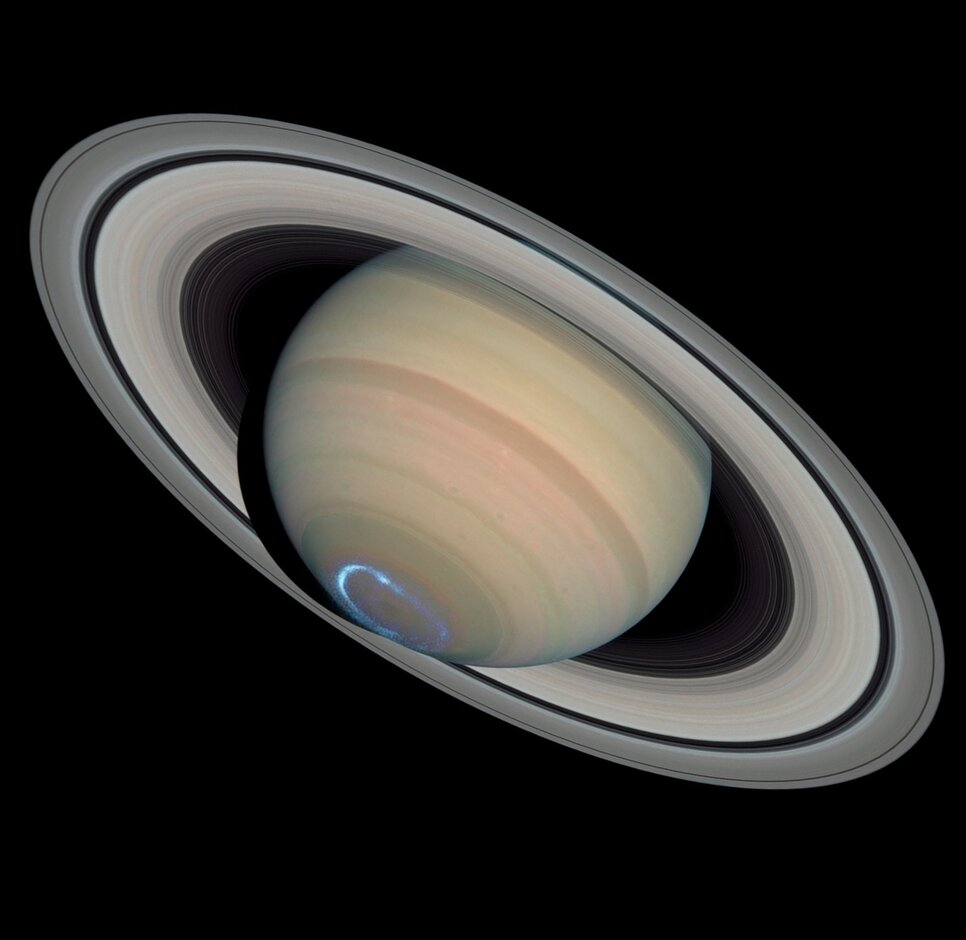
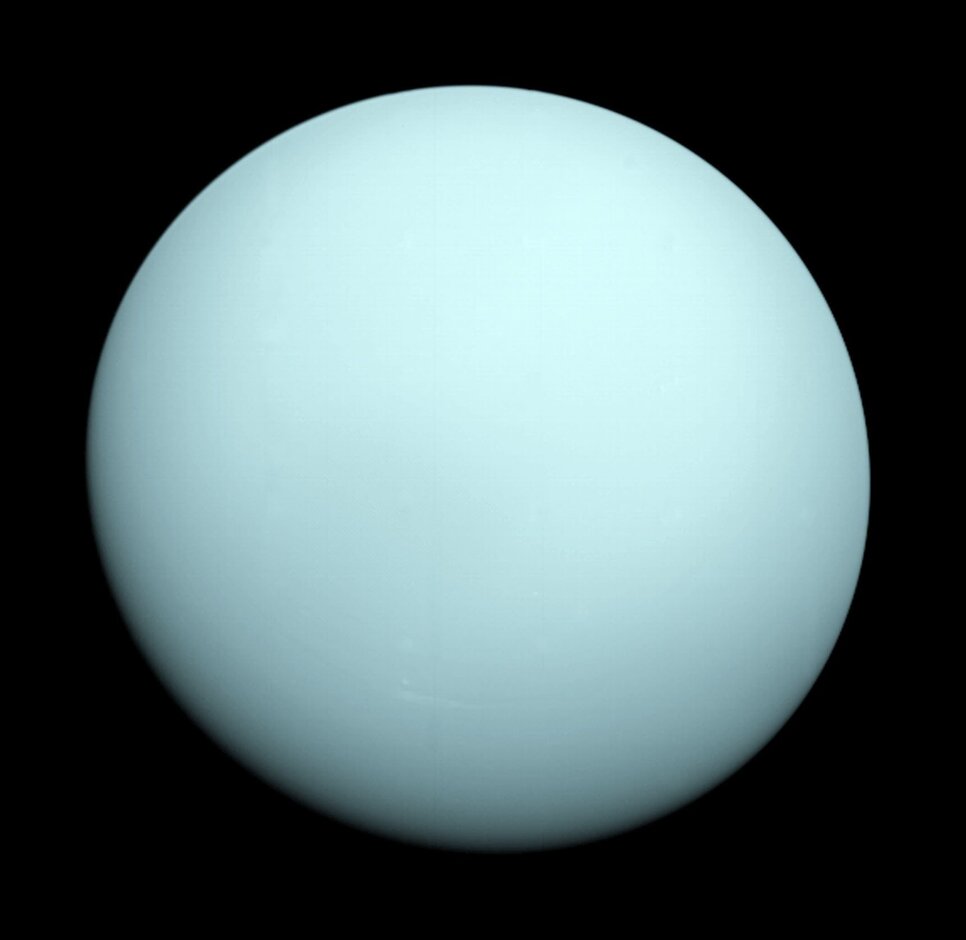
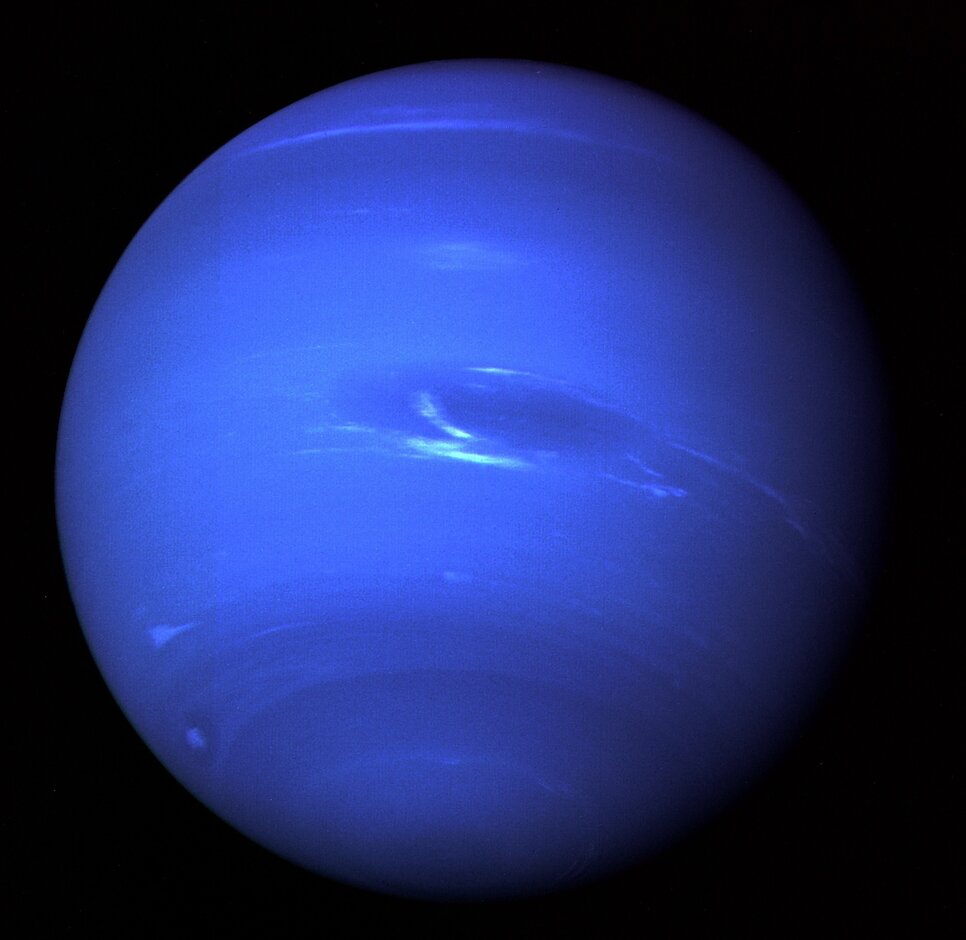
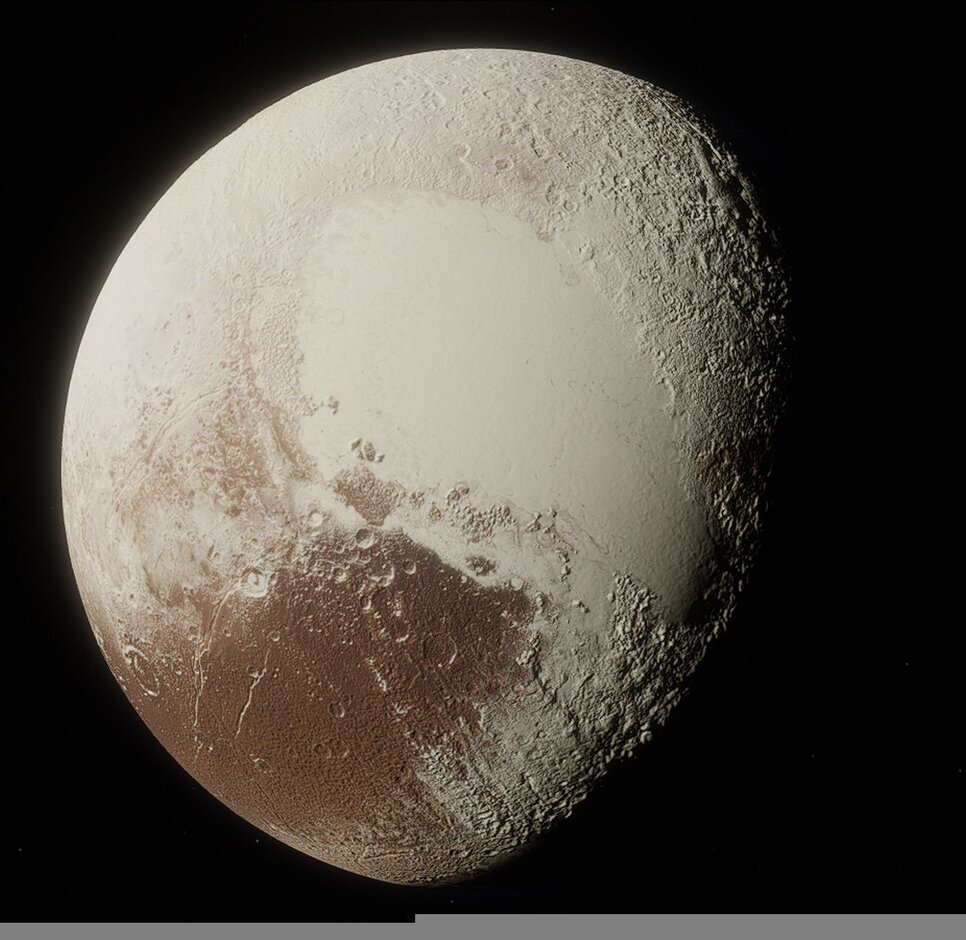
Striped, cratered, ringed – these are the stunning planets of our solar system.
The smallest planet, Mercury, is closest to the Sun. His lively activity is visible only at twilight, when he appears just a few minutes before or after the Sun.

Known as a morning or evening star: apart from the Moon, Venus is the brightest object in the night sky and can sometimes even be seen by daylight.

Our eyes gaze far into the distance, but our feet are still firmly on the fertile Earth, the densest planet in our solar system and the only one that supports life.

While our love for this planet might not rust, its vast quantities of iron oxide mean it is no wonder that it appears so fiery above us. Mars also has the solar system’s highest mountain - Olympus Mons, with an altitude of 27 km, as well as the longest valley system, the Valles Marineris at 4,000 km.

The largest planet in our solar system, Jupiter is a quietly sedate giant that contains sufficient space for more than 1,000 Earths: two would even fit into its storm region, the “great red spot”.

The second largest planet in the planetary system, Saturn is unmistakeable thanks to the millions of small stones, ice chunks, dust and even moons that orbit it as rings: it can be seen with the naked eye in the night sky.

Discovered by Wilhelm Herschel in 1781, Uranus - named after the Greek God of the sky - is the seventh and coldest planet in the solar system with a minimum temperature of -224°C.

Neptune is a gaseous giant, yet is so far away that it is not easy to find even with a telescope. Its position was in fact not discovered, but rather calculated. So far only a single probe has flown past it, in 1989. It can best be seen in autumn and winter.

Little Pluto, named after the Roman god of the underworld, is a source of dispute among astronomers. In 2006 he was stripped of his planetary status, with the category of dwarf planet then introduced specially for him. He had previously been considered the ninth planet of our solar system.

The Star Village in the municipality of Karneid|Cornedo (Trentino-Südtirol), along with the lead partner "Comune di Asiago" (Veneto), "Comune di Talmassons" (Friuli Venezia Giulia), and the Tyrolean Environmental Advocate (North Tyrol - Austria), is participating in this Interreg project V-A Italy-Austria 2014-2020 called SKYSCAPE.
The main objective of the project is to protect and develop the natural and cultural heritage of certain areas so as to create an innovative product linked to the observations of the sky, the so-called "astro" tourism. These areas could promote innovative approaches to scientific, natural and sustainable tourism, as well as leisure and cultural activities, and could represent an added value for tourists.
The "First European Star Village" in the municipality of Karneid has already been working in the astrotourism sector since 2012 and is thus the driving force for the other partners, most of which are only in the early stages of developing astrotourism.
Numerous projects and initiatives in the Star Village could be realised and financed through this Interreg project, such as structures on the Path of the Stars, the Mini - Star Trail, a training course for Night Guides and much more.